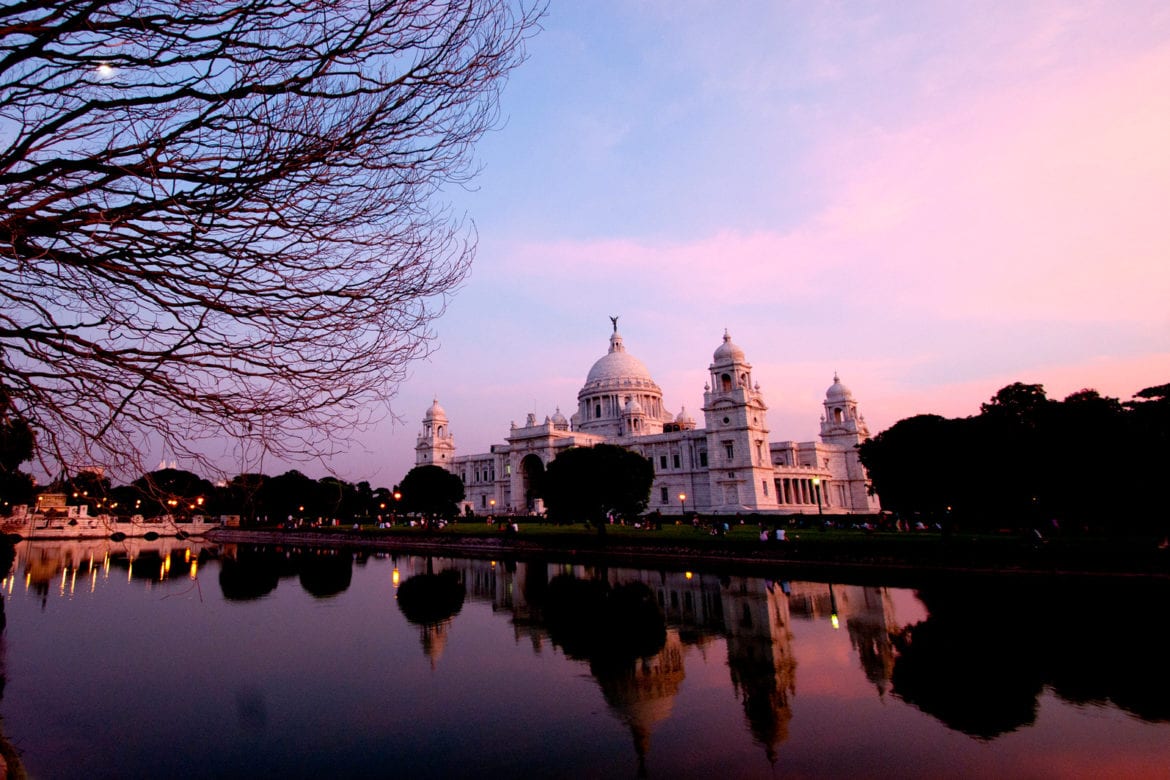|
Getting your Trinity Audio player ready...
|
As it turns out, it’s not just news.
Lokal founders Jani Pasha and Vipul Chaudhary were convinced that what India’s non-English speaking internet population needed was more context for news; they assumed that it might solve the fake news problem.
Lokal launched in January 2018 as an English-language WhatsApp news feed with some Telugu that kept readers up-to-date with regional topics like local elections by aggregating external news sources. In one week, it had 1,600 people across eight WhatsApp groups — a flop. “Nobody was using it,” explained Pasha. But Pasha and Chaudhary were not deterred. “We built something in a bubble, so we went back to the drawing board, and we started actually interviewing the users.”

A diversity of languages
Today, Lokal is a geographically focused news app with original reporting, present in four languages across 32 districts. Apart from news, it also has a classifieds section with matrimony ads and obituary announcements. It graduated from Y Combinator last year and has raised $3.2 million in funding.
In essence, Lokal is still solving the same problem as before: Most of the existing internet was developed for an English-speaking audience and that limits the scope of local news.
In cities, news can be translated into different languages, but a large part of India’s population still lives outside of its major metro areas (66% of the country’s population is rural). They speak their own languages and have unique happenings that they want to keep track of. “India has 729 districts across 29 states, and every 50 kilometers your dialect, culture, and food habits change,” Pasha explained. “On average, that means there are about 1.8 million people per district.”
Ask the users
To understand what to build, Pasha and his team of interns interviewed 400-500 people across India. “What news do they read? What sources do they read it from? What time do they consume news? Do they have any issues with consuming it?”
Their research unearthed a few insights. First, many small town readers were already being serviced by regional newspapers. “Most people were saying newspapers were their sources,” Pasha explained. “We came to know of an important statistic: India is one of the few countries where the newspaper-reading population is still growing.”
But newspapers lack the instantaneous quality that modern, digital news had taken on, and small town readers who were used to WhatsApp craved the same pace for their news.
Additionally, local news was reported by “stringers” who were like local influencers with followings outside of their newspapers. Many were not getting paid. “These people were doing it for the recognition,” said Pasha. “They wouldn’t even have bylines, they wouldn’t even get credit, but local people knew who was reporting the news.”

Pivoting existing services to digital
One of Lokal’s strategies is to turn these stringers digital. Today, Lokal describes them as “creators.”
“In Uttar Pradesh, in a small district, we met a stringer who was distributing local news in the form of video on WhatsApp,” said Pasha. “He said pay me 100 (US$1.30) rupees per year, and I will send a WhatsApp video with the news every evening. He was making 1.7 million rupees (about US$22,500) every year.”
Using this existing infrastructure of stringers was an important step in Lokal’s pivot. The team hired stringers across cities and paid them to produce original reporting. “We give them a profile and help them get more of a following,” he explained.
Lokal’s feed presents news in both text and video run by a core team of 30 people and a moderation team of about 80 in-house and outsourced moderators.
They also began to realize that to be a trusted local source for a district, they had to offer more than just news.
“We started publishing classifieds, including hiring ads and matrimony ads,” Pasha said. “This is user-generated content.”
Their oldest district, Karimnagar, is also their most active. “It has a population of 1,200,000 with 30% internet penetration,” said Pasha. “360,000 smartphones, and close to 250,000 people have Lokal.”
Revenue opportunities
Roughly 4.5 million people have downloaded Lokal on Android across 30 districts. “Around 1.5 million are using it on a monthly basis,” Pasha added.
Yet Lokal hasn’t monetized its product. Pasha said it will eventually be some combination of ads and paid classifieds, with new opportunities as more users sign on. “Once you’re in 600 to 700 locations, you can do a lot of things where people are using your product and advertising for bigger brands.”
Pasha is confident that these new opportunities will emerge — he said they’re building what he calls an “evolved internet”.
“If you’re a celebrity, as in a politician or another big person, people want to wish him a happy birthday,” said Pasha. “People used to buy ads in newspapers for that, but people have started posting that on our platform.”
Meghna Rao
Meghna is a writer in New York. Previously, she helped launch and was the managing editor of New York-based The Juggernaut, worked as a researcher at CB Insights, and reported on tech out of Bangalore for Tech in Asia. Follow Meghna Rao on Twitter.
Republished with kind permission of Splice: reporting on the transformation of media in Asia


